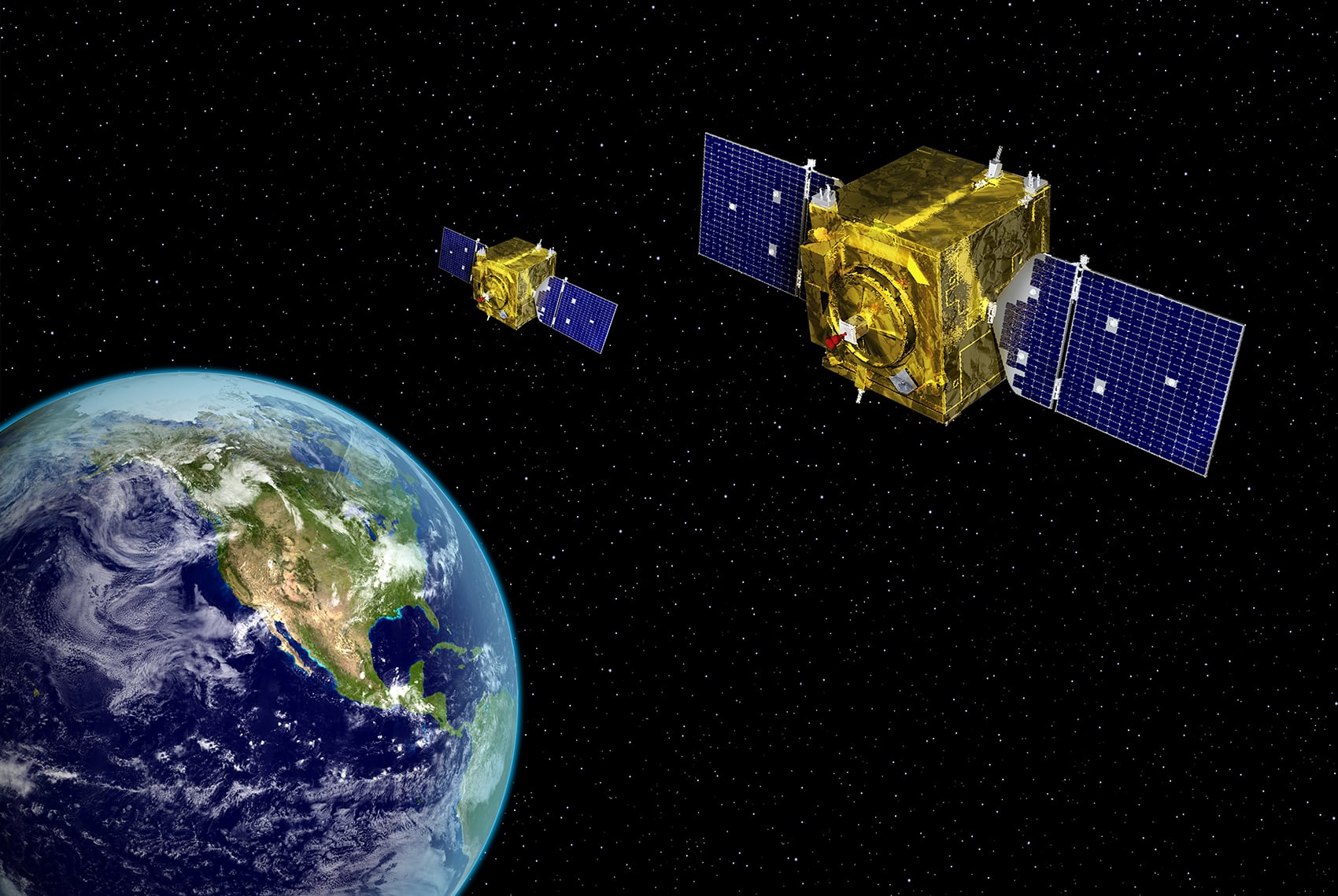WASHINGTON — The U.S. Department of Defense may rewrite its guide for classifying space programs, a policy official told lawmakers this week.
Congress last year directed the Pentagon to review its classified space portfolio to determine whether programs are appropriately classified. The fiscal 2022 National Defense Authorization Act required the department to complete that effort by the end of April, submit a report to Congress in June and change the classification status of its programs, as necessary, by late July.
John Plumb, assistant secretary of defense for space policy, said during a May 11 Senate Armed Services strategic forces subcommittee hearing that DoD has conducted the review and determined that all of its space programs are “probably appropriately classified.”
Still, the department may reconsider how it classifies some of its space programs going forward, he said.
The “hundreds and hundreds” of space programs deemed classified meet the criteria of the current system, Plumb told the panel. “The fundamental question is, does the classification guide need to be redone?”
Plumb said he will work with Congress to “find the right way forward” and determine whether, as a follow-on task, the department needs to make changes to its process.
The subcommittee’s ranking member Deb Fischer, R-Neb., said during the hearing she thinks the public should have as much information as possible about DoD’s activities in space.
“I think it’s extremely important, without putting any of our people or our systems or our ways that we find information in jeopardy, to be able to get some of that information out,” Fischer said.
The Space Force and other national security space agencies have been collaborating on a strategy for declassifying some programs and increasing the amount of information that can be shared about threats in the space domain.
Chief of Space Operations Gen. Jay Raymond said last year that limits on what the department can say about its own capabilities can make it harder to deter bad behavior.
“The main mission of the United States Space Force is to deter conflict from beginning or extending into space, and I’m convinced that if you want to change the deterrence calculus, if you will, of an adversary, you have to be able to communicate,” Raymond said in a March 2021 speech at the National Press Club in Washington. “If you have everything classified, that really limits your ability to deter conflict.”
Two months later, Raymond unveiled a previously classified space-based ground moving target indicator program, which will provide tactical satellite data and imagery. The system has not yet been fielded.
Plumb noted that while the Pentagon’s classification guide applies to program details, determining what information should be shared about space threats is a different process with its own guardrails.
“There is some effort there, and you could argue whether we could do more,” he said. “But on all of these things, we have to be careful about what’s the intelligence gain or loss on any of these issues.”
Courtney Albon is C4ISRNET’s space and emerging technology reporter. She has covered the U.S. military since 2012, with a focus on the Air Force and Space Force. She has reported on some of the Defense Department’s most significant acquisition, budget and policy challenges.








